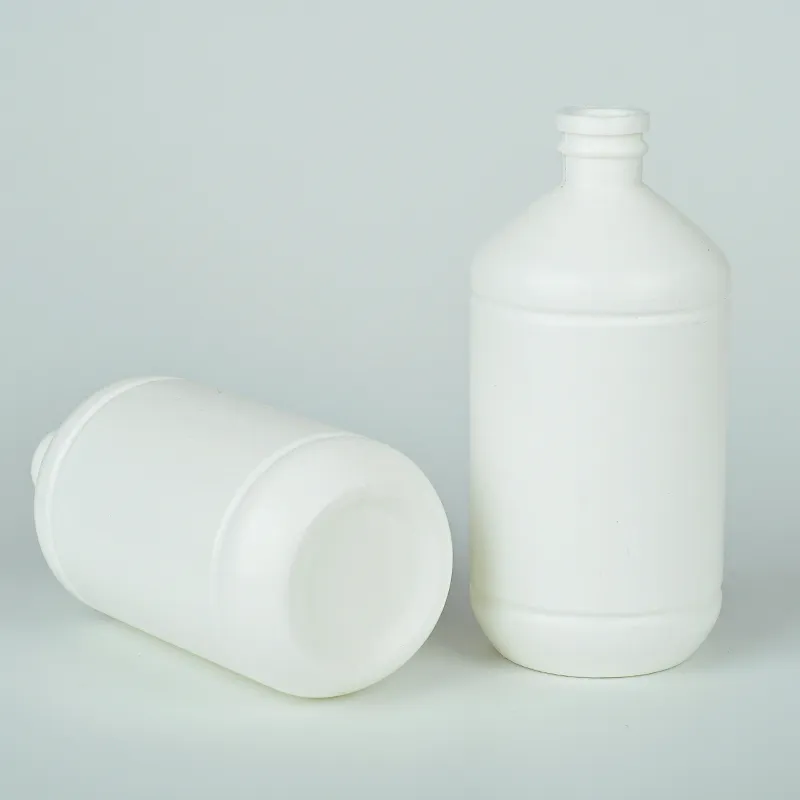histology lab supplies
Essential Histology Lab Supplies A Guide for Beginners
Histology, the microscopic study of tissue structure, is a fundamental discipline in biological and medical sciences. It plays a crucial role in understanding normal tissue architecture, disease mechanisms, and various biological processes. However, to conduct histological research effectively, a laboratory must be equipped with appropriate supplies. This article will explore the essential histology lab supplies necessary for anyone interested in this fascinating field.
1. Microscopes
At the heart of histology is the microscope. A high-quality light microscope is essential for examining tissue sections. Advanced options such as fluorescence and electron microscopes can provide additional insights into cellular structures. Researchers must choose a microscope that suits their specific needs, depending on the complexity and detail required in their studies.
2. Tissue Processing Equipment
Tissue processing is a critical step in histology, involving the fixation, dehydration, clearing, and infiltration of tissues. Essential equipment includes
- Formalin Often used for fixing tissues to preserve their architecture and prevent degradation. - Dehydrating Agents Solutions like ethanol are used to remove water from the tissue, preparing it for embedding. - Embedding Medium Paraffin wax is commonly used for infiltrating dehydrated tissues, making them solid enough for slicing into thin sections.
A tissue processor automates these steps, ensuring consistency and saving time.
3. Microtomes
Once tissues are embedded in paraffin, they need to be sliced into thin sections, typically between 5 to 10 micrometers thick. This is where a microtome comes into play. Manual and automatic microtomes are available, with the latter offering greater precision and efficiency. The choice depends on the volume of samples and budget constraints.
Staining is crucial for highlighting specific cellular components and structures. Different stains serve various purposes, and a histology lab should be equipped with
- Hematoxylin and Eosin (H&E) The most commonly used stain, allowing visualization of general tissue architecture. - Specialty Stains Depending on the study, additional stains such as Masson’s trichrome, PAS (Periodic Acid-Schiff), and immunohistochemical stains may be necessary.
histology lab supplies

Other supplies required for staining include glass slides, coverslips, and staining dishes.
5. Immunohistochemistry Supplies
Immunohistochemistry (IHC) is a technique used to detect specific proteins in tissues. It requires additional supplies, including
- Primary and Secondary Antibodies These proteins bind to specific antigens, facilitating the visualization of target proteins through various detection methods. - Detection Kits Various kits are available that enhance signal detection, often through chromogenic or fluorescent methods.
A dedicated area and equipment (like a fume hood) may be necessary for performing IHC experiments due to the use of potentially hazardous chemicals.
6. Safety Equipment
Safety is paramount in any laboratory setting. Essential safety supplies include
- Personal Protective Equipment (PPE) Lab coats, gloves, and safety goggles protect against chemical exposure and biological hazards. - Fume Hoods and Biological Safety Cabinets These ensure a safe working environment when handling volatile or harmful substances.
Proper waste disposal containers for biological and chemical waste should also be available to adhere to safety protocols.
7. Documentation and Imaging
Lastly, a histology lab should not overlook the importance of documentation and analysis. Digital imaging systems allow researchers to capture and analyze images of stained tissues effectively. Data management software helps in maintaining organized records of experiments, results, and observations.
Conclusion
Equipping a histology lab with the right supplies is vital for successful research and experimentation. From microscopes and tissue processing equipment to staining supplies and safety gear, each item plays a significant role in ensuring that histological studies yield reliable and informative results. As the field continues to evolve, staying informed about the latest tools and technologies will further enhance the quality of histological research and its contribution to science and medicine. Whether you're a burgeoning scientist or an experienced researcher, understanding and procuring these essential histology lab supplies is the first step towards unlocking the complexities of biological tissues.
-
Aesthetic Makeup Spray Bottles | Fine Mist Empty RefillableNewsAug.19,2025
-
White Plastic Veterinary Vaccine Vials | Lab Liquid BottlesNewsAug.18,2025
-
Plastic Medicine Liquid Bottle: Secure Flip Top Drug VialsNewsAug.17,2025
-
Durable 250ml Blue Plastic Vaccine Vial for Lab & Vet UseNewsAug.16,2025
-
Sterile Virus Sample Tubes: Secure & Reliable Specimen CollectionNewsAug.15,2025
-
White 250ml Plastic Vaccine Vial for Lab & Vet MedicineNewsAug.14,2025
























